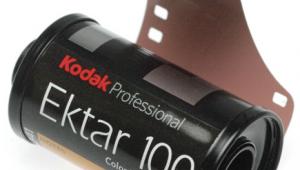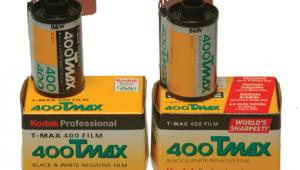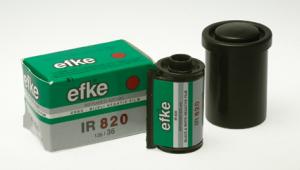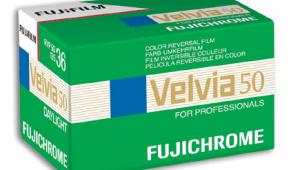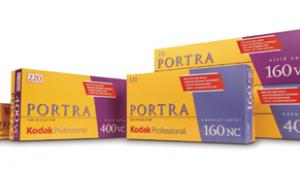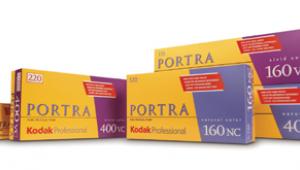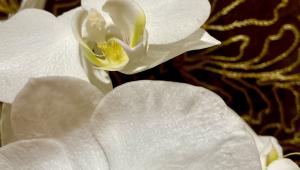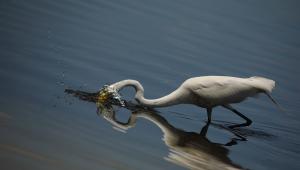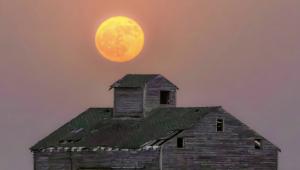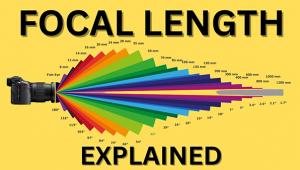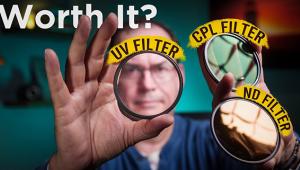Kodak’s Ektar 100: 35mm Roll Film; A New Color Negative Film From Kodak Page 2
Exposure And ISO
A few paragraphs back, we said “as long as we exposed the negatives correctly,” because anything more than modest overexposure (more than a stop or so) soon led to a distinct cyan cast and rather excessive saturation. Although this was readily curable in postproduction, it argues that the old rule of thumb that overexposure is better should be disregarded in the case of Ektar 100. Yes, overexposing color negative films gives finer grain, as well as a buffer against inadvertent underexposure; but with all films, it also reduces sharpness, and with Ektar in particular, it does not seem to do anything for color quality.
 |
|
|
This is very interesting in light of Kodak’s statement that Ektar 100 should prove extremely useful to those who are having increasing difficulty in finding somewhere to process their E6 slides: in other words, it is aimed at least in part at those who want the maximum possible quality; who know what they are doing; and who are prepared to make an effort in order to get what they want. This is most assuredly not the same as saying that Kodak is forsaking slide film: rather, the exact opposite. Many excellent Kodak slide films remain in production: this is an alternative, not a substitute.
To see whether guessed exposures would work well, Roger ran a roll through an elderly Kodak Retina IIa (c. 1954) with no meter. Although he is pretty good at guessing exposures, he knew he could not be spot on, every time, and indeed he wasn’t. Overexposed images were consistently cyan to blue, with much more saturated colors; underexposed, consistently slightly yellow, and less saturated. Never were these casts incorrigible in Adobe’s Photoshop, but more than any other color negative film we have ever used, this one rewards correct exposure with quick, easy scanning—much like slide film.
Great Expectations
Now, it may shock some readers, but it is impossible for a reviewer to approach any new film with a completely open mind. There are inevitably preconceptions, prejudices, and expectations. All you can do is be ready to relinquish them as soon as you are proven wrong.
We approached Ektar 100 with two main expectations. One, based on Kodak’s information and press releases, was that it would be something quite special. The other, based on its speed, was that it would be an all but universal color film. We were right about the first, but wrong about the second, and it is probably best to look first at why we were wrong.
This is not principally a film for the happy snapper, which obviously stops it being universal. Sure, you can use it for happy snaps, and get superb results. But you need to take more care with overexposure than with a typical happy-snap film. Also, the box carries a modified “pro” injunction that storage below 13?C (55?F) is recommended, but not obligatory. Like all pro films, you don’t want to leave it in the camera for months, with wild variations in temperature.
Principally, this is a film for the person who wants the maximum possible quality and is prepared to fiddle around in Photoshop in order to get it. But even for the dedicated film user—in which category we place ourselves—its low speed is sometimes a handicap. When we were first married, in 1982, Roger quite often shot Kodachrome 64 in low light, using his 35mm f/1.4 Summilux. With an extra 2⁄3 stop speed, surely ISO 100 could be as universal. But we have been spoiled by fast films, and still more by fast digital ISO speeds. Times change, and sometimes, perforce we change with them.
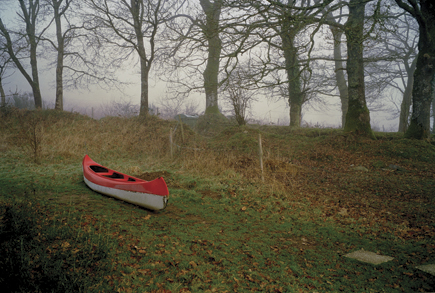 |
|
|
Now for where we were right. On a number of occasions—it may not show in reproduction—the freshly scanned image on the screen prompted an intake of breath: that’s what I saw, that’s what I wanted to capture. When you get it right, the results are, indeed, comparable with the finest slide films. Whether or not you like them as much is another matter: each film has its own signature, and different signatures appeal to different photographers.
There are a few films that attract a passionate following for their unique look. Most have been slide films. Kodachrome is perhaps the most famous, though actually, Roger preferred the long-gone Fuji RF/RFP ISO 50. Ferrania’s 1000D was another whose passing he mourned. Now, Kodak has given us a new negative film, with a very distinctive and (we think) very attractive signature. And we (and Kodak) have saved the best until last.
There is, however, one more question to ask. Can Ektar 100 really replace slide film? And the answer, as so often in matters photographic, is a firm, unequivocal “it depends.”
From the point of view of quality, the answer is, we are reasonably confident, “yes.” Provided, of course, that you like the color signature. Undoubtedly, too, C-41 is a lot more convenient to process (or to have processed) than E6. Equally undoubtedly, Ektar 100 scans beautifully. The only objection, from our point of view, is filing. It’s just so much easier to pull out a multi-pocket sleeve of mounted trannies, slap ’em on the light table, and take a quick look. This way, you need contact sheets (which of course we do electronically nowadays), and accession numbers, and it’s all a bit more of a hassle. But given the choice of doing our own E6; using a mail-order lab; or shooting Ektar 100; well, maybe Ektar 100 might just wean us away from slide film after all.
For more information, contact the Eastman Kodak Company at: www.kodak.com.
- Log in or register to post comments







